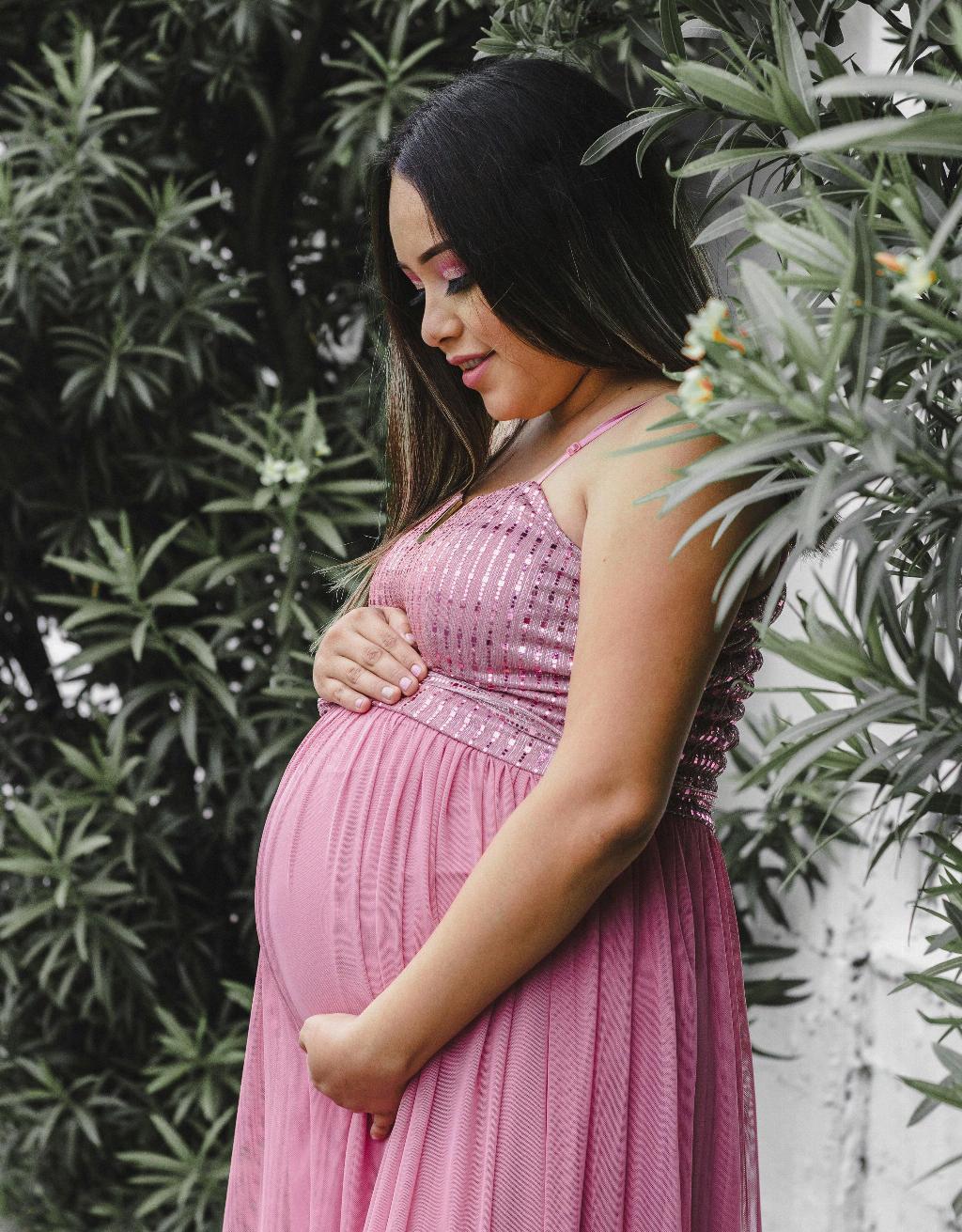When it comes to the question of whether two women’s eggs can make a baby, the answer lies in the complexities of human reproduction. While it is biologically impossible for two women’s eggs to directly form a baby, the process of fertilization involves the fusion of a sperm cell with an egg cell to create an embryo.
Each human cell normally contains 23 pairs of chromosomes, one set inherited from the mother and one from the father. In the case of two women’s eggs, both would carry an incomplete set of chromosomes necessary for the development of a viable embryo. Without the genetic material provided by a sperm cell, the union of two eggs alone does not have the essential components required for successful embryonic development.
While advancements in science and technology have enabled various assisted reproductive techniques, such as in vitro fertilization (IVF) and other forms of assisted reproductive technology (ART), these methods still rely on the combination of genetic material from both male and female gametes to create an embryo.
Despite the biological limitations, the field of reproductive medicine continues to explore innovative ways to help individuals and couples conceive children, including same-sex couples and individuals who may not have a partner of the opposite sex.
One approach that has garnered attention in recent years is mitochondrial replacement therapy (MRT), which involves the transfer of genetic material between eggs to prevent the transmission of mitochondrial disease. While this technique does involve the manipulation of genetic material within eggs, it still requires the contribution of sperm cells for fertilization and embryo formation.
It is essential to understand the intricacies of human reproduction and the biological requirements for the formation of a viable embryo. While the idea of two women conceiving a child solely from their eggs may be scientifically intriguing, it remains outside the realm of current possibilities.
Ultimately, the process of creating a baby involves the unique combination of genetic material from both male and female gametes, each contributing essential elements for embryonic development and subsequent growth into a healthy individual.
As science and technology continue to advance, the field of reproductive medicine may uncover new possibilities and techniques to assist individuals and couples in their journey to parenthood. The ongoing research and innovation in this area highlight the complex nature of human reproduction and the quest to overcome biological barriers to conception.
While the idea of two women’s eggs making a baby may spark curiosity and imagination, the biological realities of human reproduction underscore the importance of genetic diversity and the complementary roles of male and female gametes in the creation of new life.
As society progresses and attitudes toward family formation evolve, it is crucial to approach the discussion of assisted reproductive technologies and alternative family structures with sensitivity, respect, and a deep understanding of the biological principles that govern human reproduction.
In conclusion, while two women’s eggs cannot make a baby on their own, the ongoing research and advancements in reproductive medicine offer hope and possibilities for individuals and couples seeking to start or expand their families through assisted reproductive technologies that harness the power of genetic diversity and scientific innovation.

